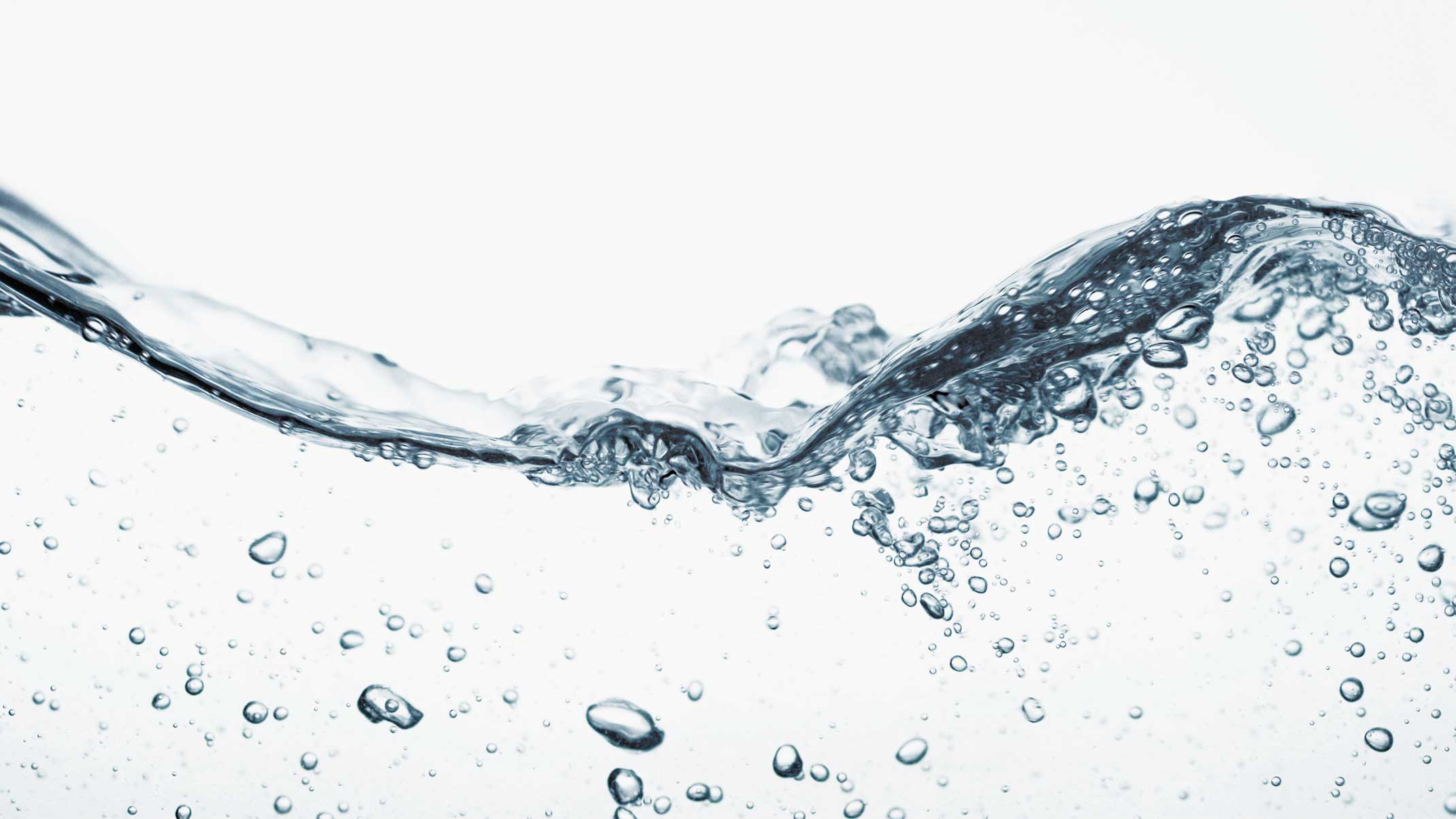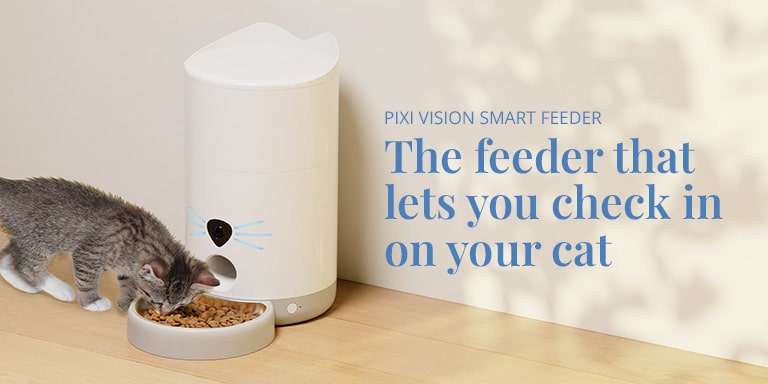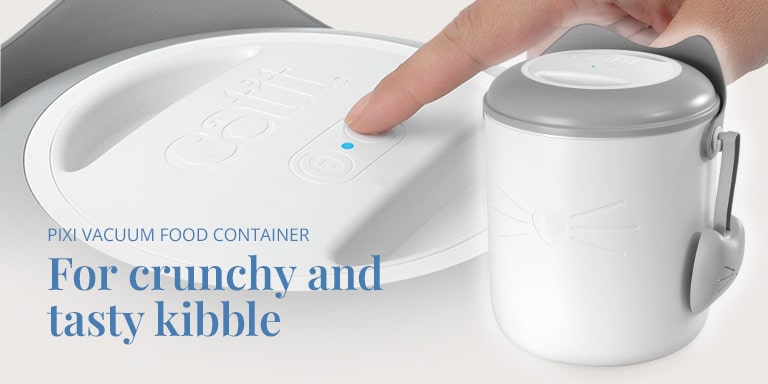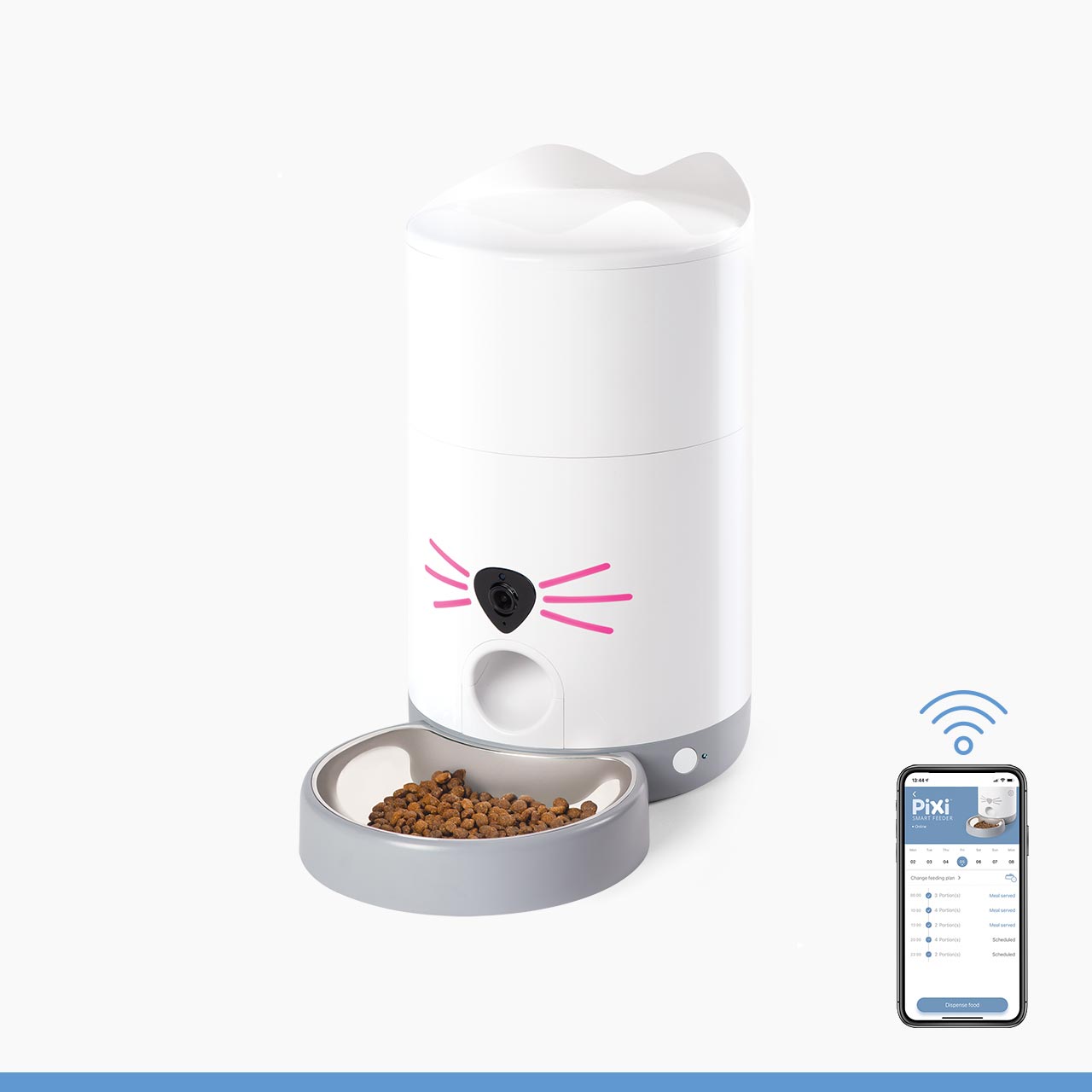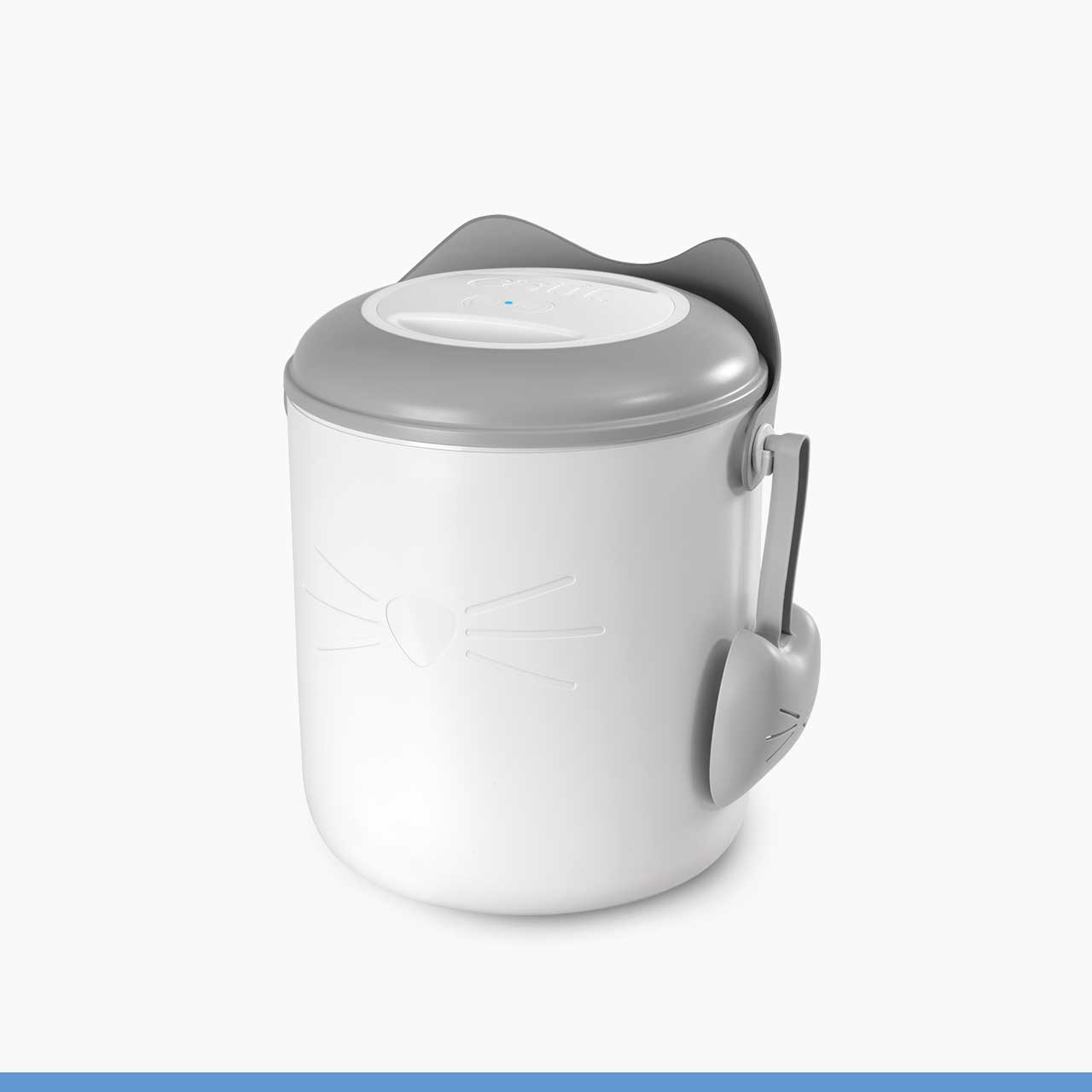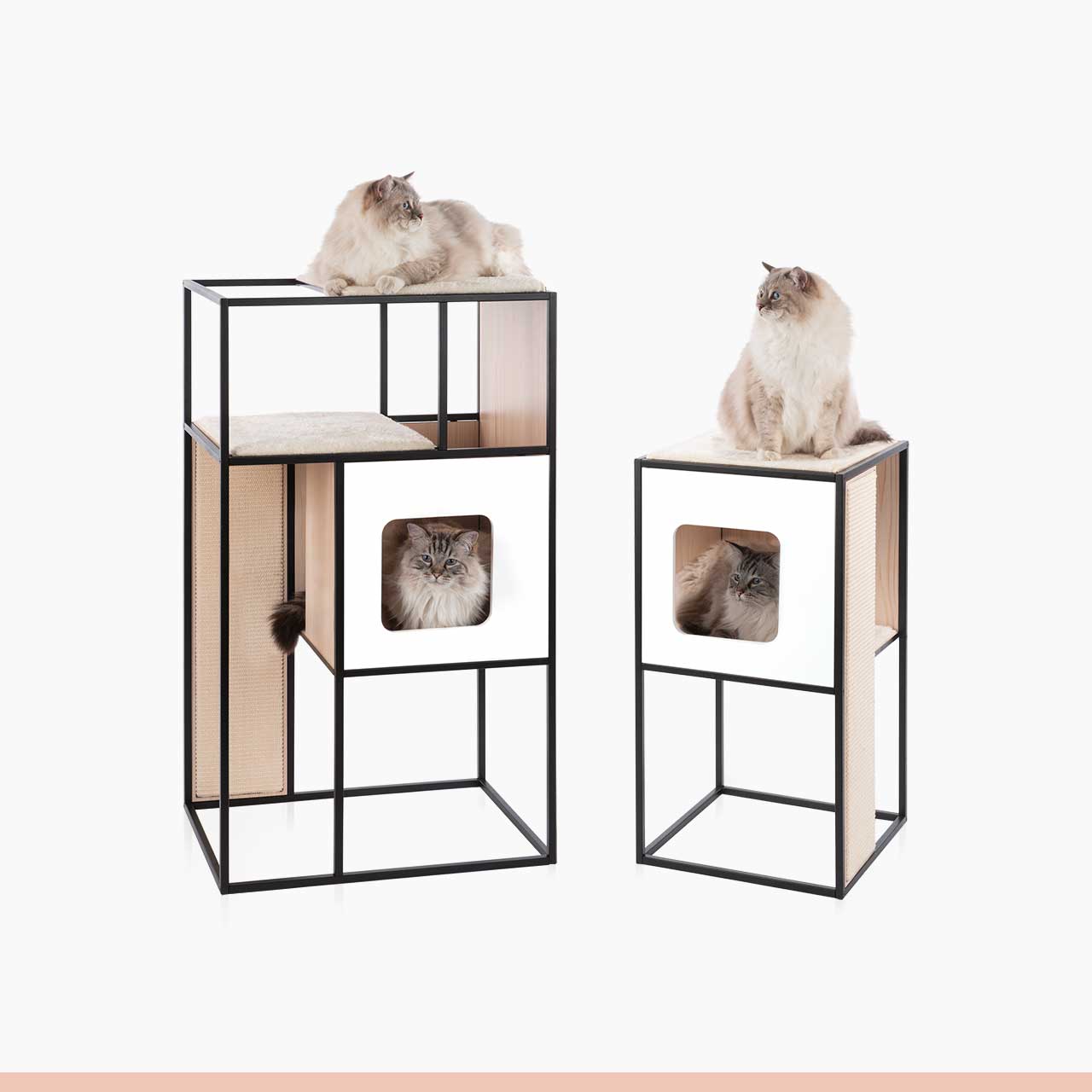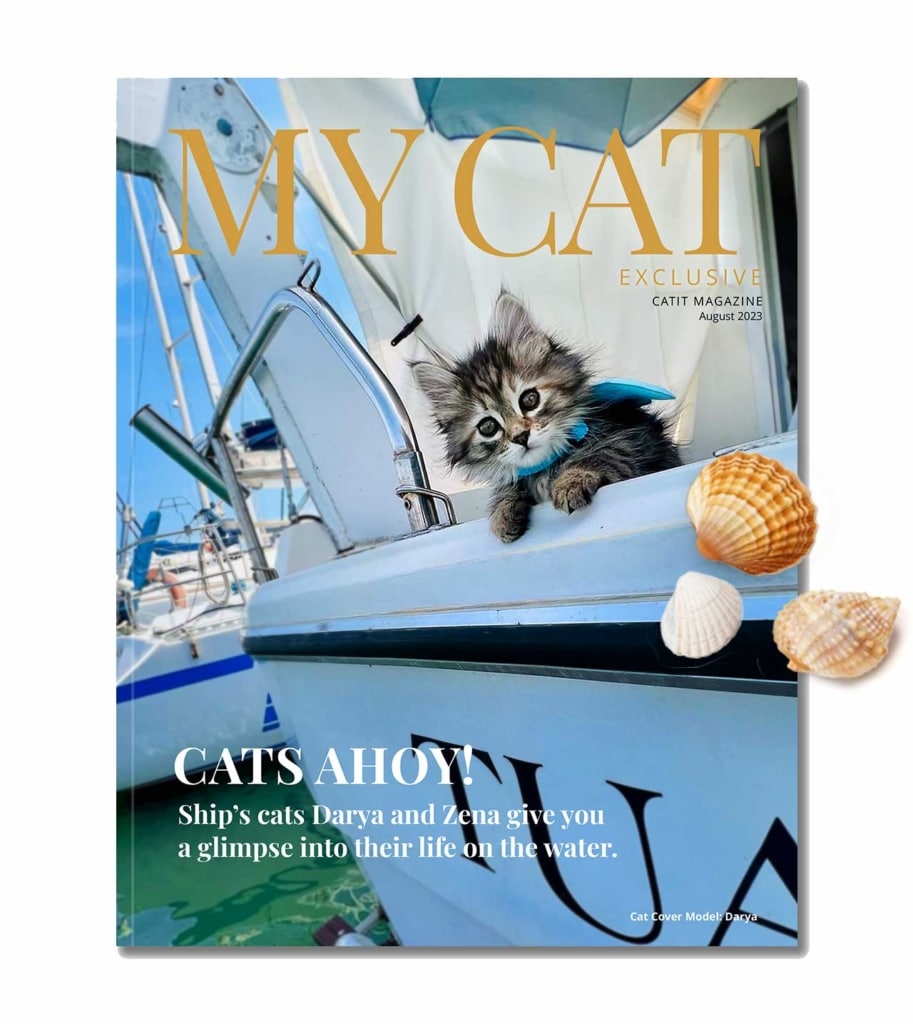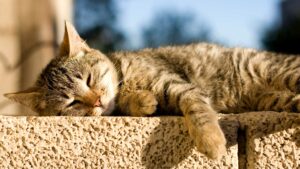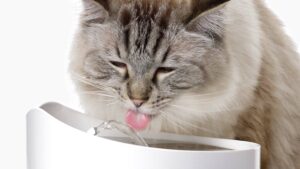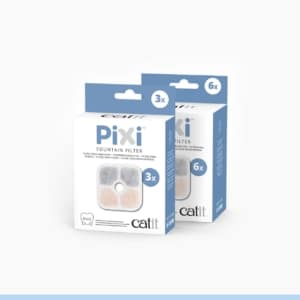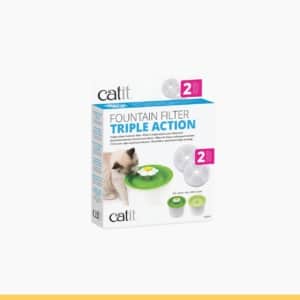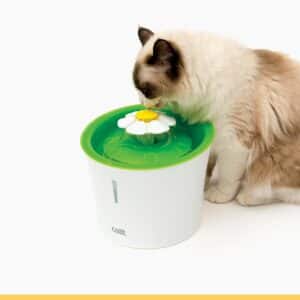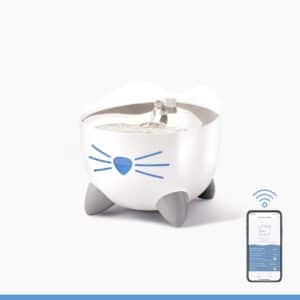Environmental causes
99% of all issues with drinking fountain filters are caused by external factors. After all, the filters are produced using high temperatures, leaving no chance for living organisms to survive. If you live in a very humid climate, change your filter a little more often. The same goes if your fountain is used by dogs, multiple cats, or cats that have access to the outdoors.
Easy prevention tips
To keep your cat’s drinking water fresh for as long as possible, place the fountain in a well-aired room, away from direct sunlight. When the water level gets low, don’t just top it up, but rinse and refill the fountain instead. And, most important of all: keep the fountain running continuously, 24/7. When the filter sits dry for a while, insects, molds, and bacteria are given free rein. Therefore, only unplug the fountain for cleaning and refilling, and remove the filter when the fountain isn’t being used for an extended period of time. We recommend giving the fountain interior a quick wipe once a week, while thoroughly cleaning all components with dish soap at least monthly.
Filter discolorations: how to handle
Grapefruit pink hue
Even though this discoloration looks mesmerizing, it is potentially caused by bacteria called Serratia marcescens. These tiny pathogens are present pretty much everywhere in our environment, though they thrive in damp conditions. When you notice a grapefruit pink discoloration of the fountain filter, remove the filter and dispose of it. Next, clean the fountain thoroughly with water and dish soap to ensure your cat will soon have access to clean water again. Serratia marcescens isn’t very harmful to healthy felines. If your cat does start to display any signs of illness, make sure to contact your vet. To prevent bacteria from going to town on the fountain filter in the future, make sure you keep the fountain pump running at all times (except when refilling or cleaning of course). Finally, don’t let the filter sit inside the fountain when turning it off for a while.
Black specks
Did you spot some black sediment on the filter or inside the reservoir? What you see are carbon dust particles that are so small that they managed to seep through the filter mesh. Don’t worry though, such tiny quantities of carbon aren’t harmful to your cat. Simply thoroughly rinse the filter, and clean and refill the fountain. Before you add a new filter, make sure to thoroughly rinse it under the tap for several minutes, as described in the instruction manual.
Black patches
Unfortunately, when black spots appear on the fountain filter, this points to a mold problem. Discard the filter and thoroughly clean the fountain before refilling it. Some types of mold can cause cats to get ill. Make sure to contact your vet in case your cat starts to display signs of illness. To prevent mold formation in the future, make sure to keep the fountain running 24/7 and to clean it on a weekly basis.
Wiggly worms
As mentioned before, leaving a damp filter inside a cat drinking fountain that isn’t running is a terrible idea. Without any water flowing through the fountain, flies or other insects might find their way to the filter, laying tiny eggs which could later hatch into larvae. Luckily, this issue is easy to prevent. Place your fountain in a cool spot, regularly replace the filter and change all the water, clean the fountain every week, and only turn off and unplug the fountain for refilling and cleaning. If you are worried about your cat’s health, please contact your veterinarian. They will be able to identify the larvae and let you know the course of action. the course of action.
